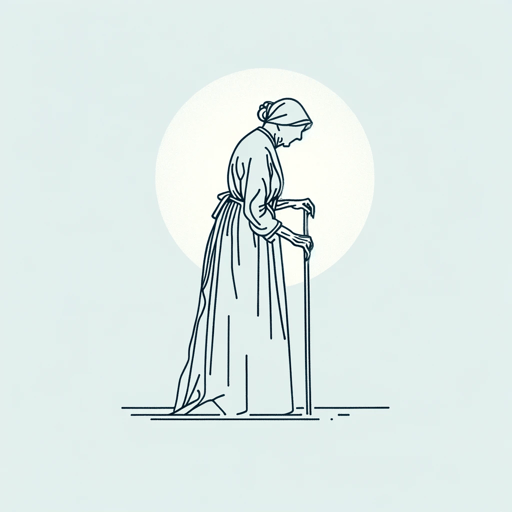30 pages • 1 hour read
Sherwood AndersonHands
Fiction | Short Story | Adult | Published in 1919A modern alternative to SparkNotes and CliffsNotes, SuperSummary offers high-quality Study Guides with detailed chapter summaries and analysis of major themes, characters, and more.
Symbols & Motifs
The Hands
The symbol of Wing Biddlebaum’s hands plays a central role in conveying the themes of Alienation and Self-Estrangement. The hands, which are described as “nervous” and “expressive” throughout the story, represent his vulnerability and sensitivity, traits that challenge the town’s rigid expectations of masculinity. In the flashback, Adolph Myers’s hands are his means of expressing affection toward his students, but the gentle caresses are misinterpreted as “unspeakable” and “hideous” actions (7).
Wing Biddlebaum’s fear of his hands and the consequences they might bring, rooted in the accusation of sexual abuse, leads him to isolate himself from others. This isolation is further emphasized by his physical touch being restricted, as he is told to “keep your hands to yourself” (8). For 20 years, Wing Biddlebaum constantly hides his hands “in his pockets or behind his back” (4), until he can express himself with George Willard. Wing Biddlebaum’s struggle with intimacy and fear of being misunderstood is demonstrated through his lack of connection to his hands, which he has had to detach from himself for his own safety. Through the hands, Anderson demonstrates the impact that trauma and societal judgment can have on one’s ability to form meaningful relationships.
Related Titles
By Sherwood Anderson





